Types of Pearls
Akoya
The Akoya pearl is the ‘classic’ pearl: round, white, and smooth. However, Akoya pearls do come in a range of whites and grays with pink, silver, or even green overtones. Akoya pearls are famous for their incredibly sharp luster. They are mainly produced in Japan from the pinctada fucata martensii oyster. Akoya pearls are more valuable than most freshwater pearls but smaller and less valuable than Tahitian or South Sea pearls.
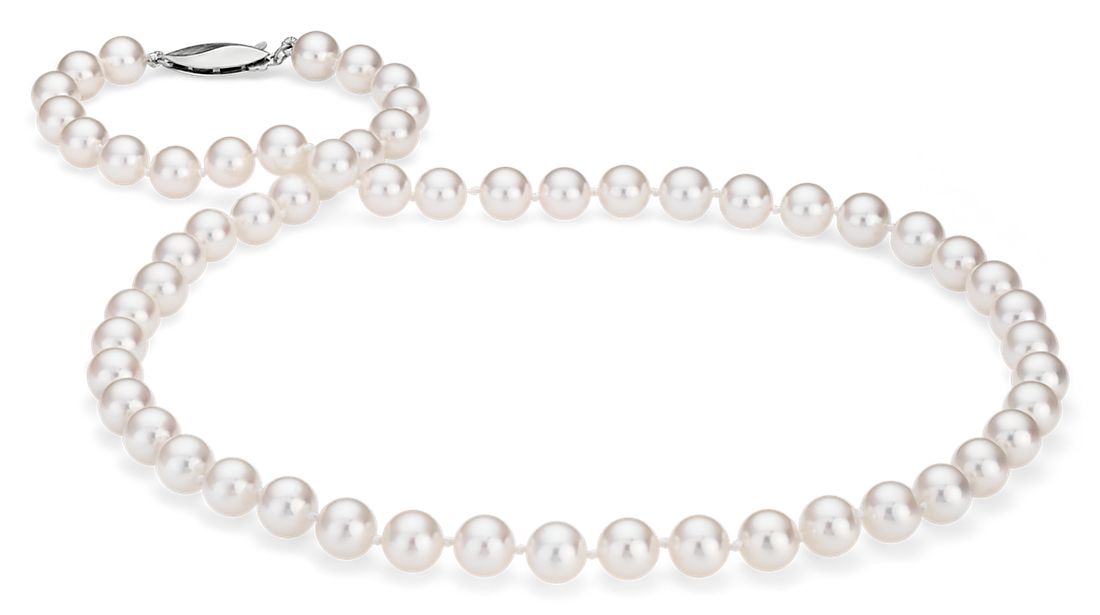


Freshwater
Freshwater pearls are similar in appearance to Akoya pearls, but less symmetrical and with softer lusters. They are also much more affordable than saltwater pearls. Freshwater pearls are mainly produced in China. A freshwater oyster can produce dozens, even up to 50 pearls at once. Some freshwater pearls are treated to change their color, but naturally colored ones are usually white or creamy colors.
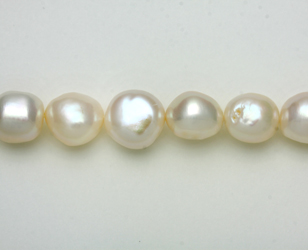

South Sea
South Sea pearls are extremely rare and valuable. They are the largest type of pearls, growing to be 9mm-20mm in diameter. They are produced mainly in Australia, Indonesia, and the Philippines. South Sea pearls are often white, cream, or gold in color. The oyster that produces them, the pinctada maxima oyster, are also quite rare.
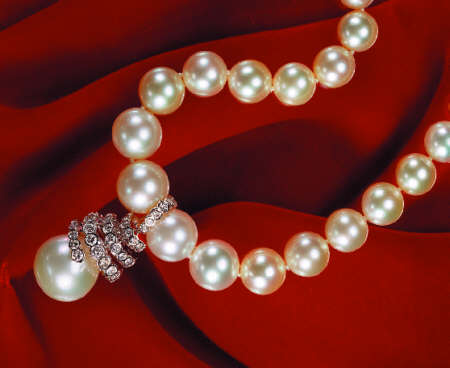


Tahitian
Tahitian pearls are also extremely valuable and quite large, growing to be 8mm-16mm in diameter. They are the only type of pearls that are naturally colored black. Not all of them are purely black; some may be blue, gray, or purple and many have iridescent overtones, but all have dark body colors. Tahitian pearls are produced in French Polynesia from the black-lipped oyster.
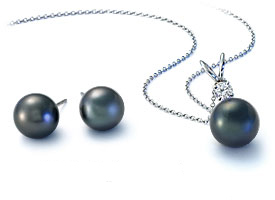
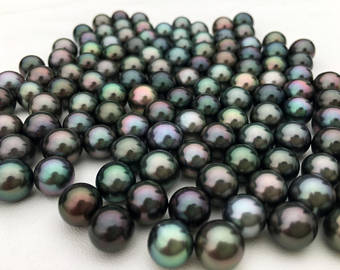
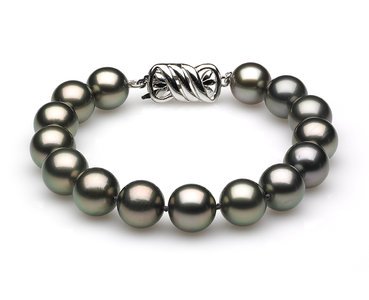
Eyris Pearls
Eyris pearls are pearls with a blue body color and iridescent overtones. These pearls have a very wide color spectrum and can look blue, pink, gold, or green depending on the lighting. Eyris pearls are produced from paua shells and the genes, color, and environment of the shell determine the pearl’s color and iridescence. Eyris pearls are produced in New Zealand.
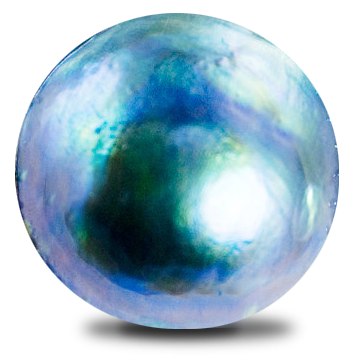

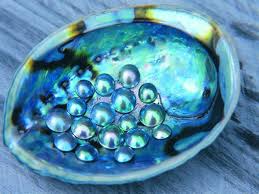
Natural Pearls
Most pearls today are man-made by surgically inserting an irritant into an oyster. Natural pearls are extremely rare and valuable. Many were found in the Persian Gulf but the majority of them have been harvested already.
Cultured Pearls
Cultured pearls make of the majority of the pearl market today. They are cultivated on pearl farms. To create a cultured pearl, a mother-of-pearl bead is surgically inserted into a mollusk, and the mollusk coats the bead with layers of nacre to produce a pearl. However, not all mollusks can produce a high quality pearl and not some may not even yield a pearl. The characteristics of the pearl often depend on the characteristics of the mollusk.
Imitation Pearls
Imitation pearls are not real pearls, but are coated glass beads. They have high luster, but not the depth of luster seen in real pearls. Most jewelers can easily tell the difference between an imitation pearl and a real pearl, but it is harder to distinguish a natural pearl from a cultured pearl.
References
American Gem Society. "About Pearls." About Pearls | Types of Pearls. American Gem Society, n.d. Web. 1 Dec. 2015.
Eyris Blue Pearls. "The Colours." Blue Pearl Colours. Eyris Pearls, n.d. Web. 1 Dec. 2015.
"Pearl Education." How to Buy Pearls: Akoya, Freshwater, Tahitian, South Sea. Blue Nile Inc., n.d. Web. 1 Dec. 2015.
PearlParadise.com Inc. "Pearl Education." Pearl Education | Pearl Types | Pearl Grading | Pearl History | Pearl Care
| Pearl Paradise. PearlParadise.com, n.d. Web. 1 Dec. 2015.
Picture Sources:
bluenilecom
pearlsofjoy.com
jewellerynetasia.com
pearlblogger.com
ep.yimg.com
lovelypearl.com
ganoskin.com
pearlhours.com
jewelryfashiontips.com
etsystatic.com
americanpearl.com
cdn.shopify.com
pearlsofcreation.com